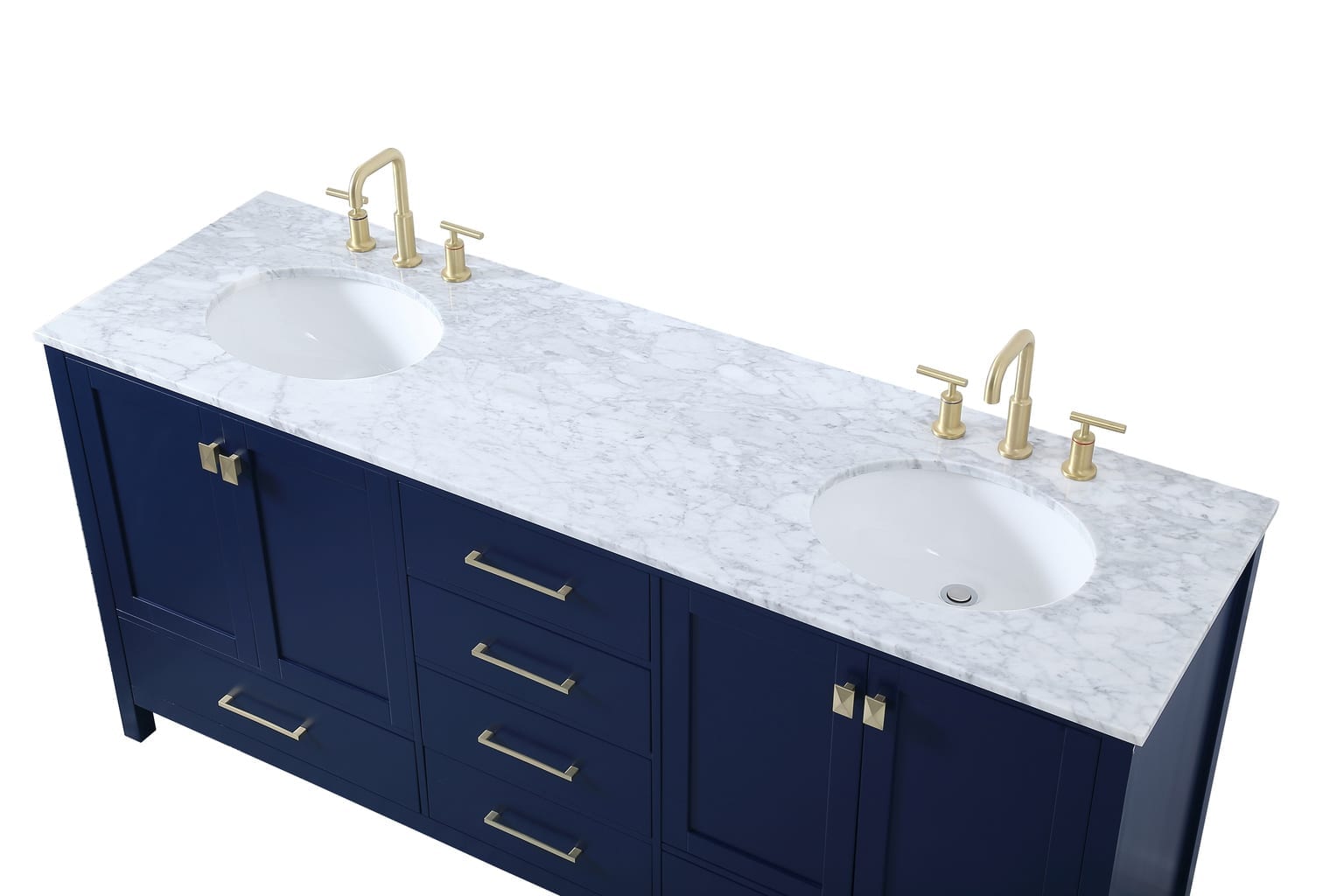72 Inch Bathroom Vanity Styles: 72 Inch Bathroom Vanity Lowes

A 72-inch bathroom vanity offers ample storage and countertop space, perfect for larger bathrooms. Lowe’s offers a wide variety of styles to complement any bathroom décor. Here’s a breakdown of popular styles and their defining characteristics.
Bathroom Vanity Styles at Lowe’s, 72 inch bathroom vanity lowes
| Style | Description | Features | Examples |
|---|---|---|---|
| Traditional | Classic and timeless, often featuring intricate details and ornate hardware. |
|
|
| Modern | Clean lines, minimalist design, and a focus on functionality. |
|
|
| Contemporary | A blend of modern and traditional elements, creating a sophisticated and stylish look. |
|
|
| Farmhouse | Rustic and charming, inspired by farmhouse aesthetics. |
|
|
Materials and Finishes

When choosing a 72-inch bathroom vanity, you’ll want to consider the materials and finishes that best suit your style, budget, and needs. These elements significantly impact the vanity’s durability, aesthetics, and overall cost.
Materials
The material used for the vanity’s construction plays a crucial role in its durability, cost, and aesthetic appeal.
- Wood: Wood vanities offer a classic, timeless look and are known for their durability. They are often made from hardwoods like oak, maple, cherry, and walnut, which are known for their strength and resistance to scratches and dents.
- Advantages:
- Durability: Wood is a sturdy material that can withstand wear and tear, making it a good choice for high-traffic areas like bathrooms.
- Aesthetics: Wood vanities offer a natural, warm, and elegant look that can complement various bathroom styles.
- Customization: Wood can be stained or painted to match your bathroom decor.
- Disadvantages:
- Cost: Wood vanities are generally more expensive than other materials, especially hardwoods.
- Maintenance: Wood requires regular cleaning and sealing to prevent water damage and maintain its appearance.
- Advantages:
- Laminate: Laminate vanities are a more affordable alternative to wood vanities, offering a wide range of colors and patterns to mimic the look of wood or stone. They are made by layering a decorative paper over a core of particleboard or MDF (medium-density fiberboard).
- Advantages:
- Cost: Laminate vanities are significantly less expensive than wood vanities.
- Durability: Laminate is resistant to scratches, stains, and moisture, making it a practical choice for bathrooms.
- Variety: Laminate comes in a wide range of colors, patterns, and finishes to match any style.
- Disadvantages:
- Aesthetics: Laminate may not have the same natural beauty and warmth as wood.
- Durability: While resistant to scratches and stains, laminate can chip or crack if subjected to heavy impacts.
- Advantages:
- Stone: Stone vanities, typically made from granite, marble, or quartz, offer a luxurious and elegant look. They are known for their durability and resistance to scratches and stains.
- Advantages:
- Durability: Stone is a very durable material that can withstand heavy use and moisture.
- Aesthetics: Stone vanities offer a unique and elegant look that can enhance the bathroom’s overall design.
- Resistance: Stone is naturally resistant to scratches, stains, and heat.
- Disadvantages:
- Cost: Stone vanities are among the most expensive options, especially for higher-quality materials.
- Maintenance: Stone requires regular sealing to prevent staining and maintain its shine.
- Weight: Stone vanities are very heavy, which can be a challenge during installation.
- Advantages:
Finishes
The finish applied to the vanity can significantly impact its overall look and feel.
- Paint: Paint is a versatile finish that allows for a wide range of colors and styles. It is often used on wood or laminate vanities to create a modern or contemporary look.
- Advantages:
- Versatility: Paint can be applied in various colors and finishes, allowing for customization to match your bathroom decor.
- Cost: Painting is generally less expensive than other finishes like staining or veneering.
- Disadvantages:
- Durability: Paint can chip or scratch over time, especially in high-traffic areas.
- Maintenance: Painted vanities require regular cleaning and touch-ups to maintain their appearance.
- Advantages:
- Stain: Stain is used on wood vanities to enhance the natural grain and color of the wood. It provides a more natural and rustic look compared to paint.
- Advantages:
- Natural Look: Stain highlights the wood’s natural grain and color, creating a warm and inviting aesthetic.
- Durability: Stain is more durable than paint and can withstand wear and tear.
- Disadvantages:
- Limited Colors: Stain colors are limited to natural wood tones.
- Maintenance: Stained vanities require regular cleaning and sealing to prevent water damage and maintain their color.
- Advantages:
- Veneer: Veneer is a thin layer of wood applied to a core of less expensive material like plywood or MDF. It provides the look and feel of solid wood at a lower cost.
- Advantages:
- Cost: Veneer is less expensive than solid wood but offers a similar aesthetic appeal.
- Durability: Veneer is durable and can withstand wear and tear.
- Disadvantages:
- Maintenance: Veneer requires regular cleaning and sealing to prevent water damage.
- Durability: Veneer is not as durable as solid wood and can be more susceptible to scratches and dents.
- Advantages:
